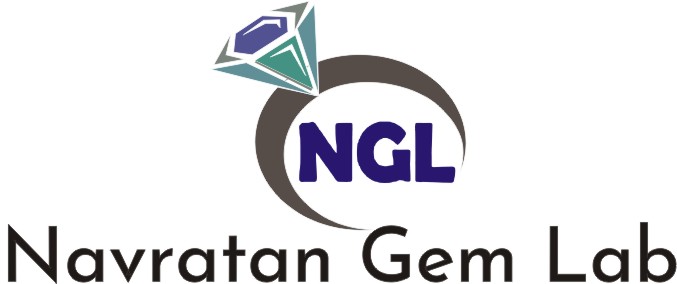Opal
Opal is the most colorful of gems. Its splendid play of color is unsurpassed, and fine examples can even be more valuable than Diamond. The play of color consists of iridescent color flashes that change with the angle at which the stone is viewed. This phenomenon is often called opalescence. The play of color may consist of large, individual flashes of color (known as schillers), or may be of tiny, dense flashes. The intensity and distribution of the color flashes is a determining factor in the value of an Opal.
| Chemical Formula | SiO2 · nH2O |
| Color | White, Colorless, Blue, Red, Green, Yellow, Orange, Brown, Pink, Purple, Gray, Black, Banded, Multicolored |
| Hardness | 5.5 - 6.5 |
| Crystal System | Amorphous |
| Refractive Index | 1.37 - 1.47 |
| SG | 1.98 - 2.25 |
| Transparency | Transparent to translucent |
| Double Refraction | None |
| Luster | Vitreous, pearly, waxy |
| Cleavage | None |
| Mineral Class | Opal |
Precious Opals are cut and polished into cabochons and used in all forms of jewelry, especially as pendants and ring centerpieces. Fire Opals are faceted into several gemstone cuts for jewelry. Boulder Opal is also a popular form which is used as jewelery, especially as cabochons. Opal, especially Common Opal, can also be carved into small ornamental figures.
Sources:
Australia is the largest producer of Opal. Other important deposits are in Ethiopia, Sudan, Hungary, Honduras, Brazil, Mexico, and the United States (Nevada, Oregon, California, Idaho).
The play of color exhibited in Opal is distinctive, and no natural gemstones can duplicate Precious Opal.
Similar Gemstones:
Fire Opal may be similar to Topaz, Citrine, and Carnelian.
